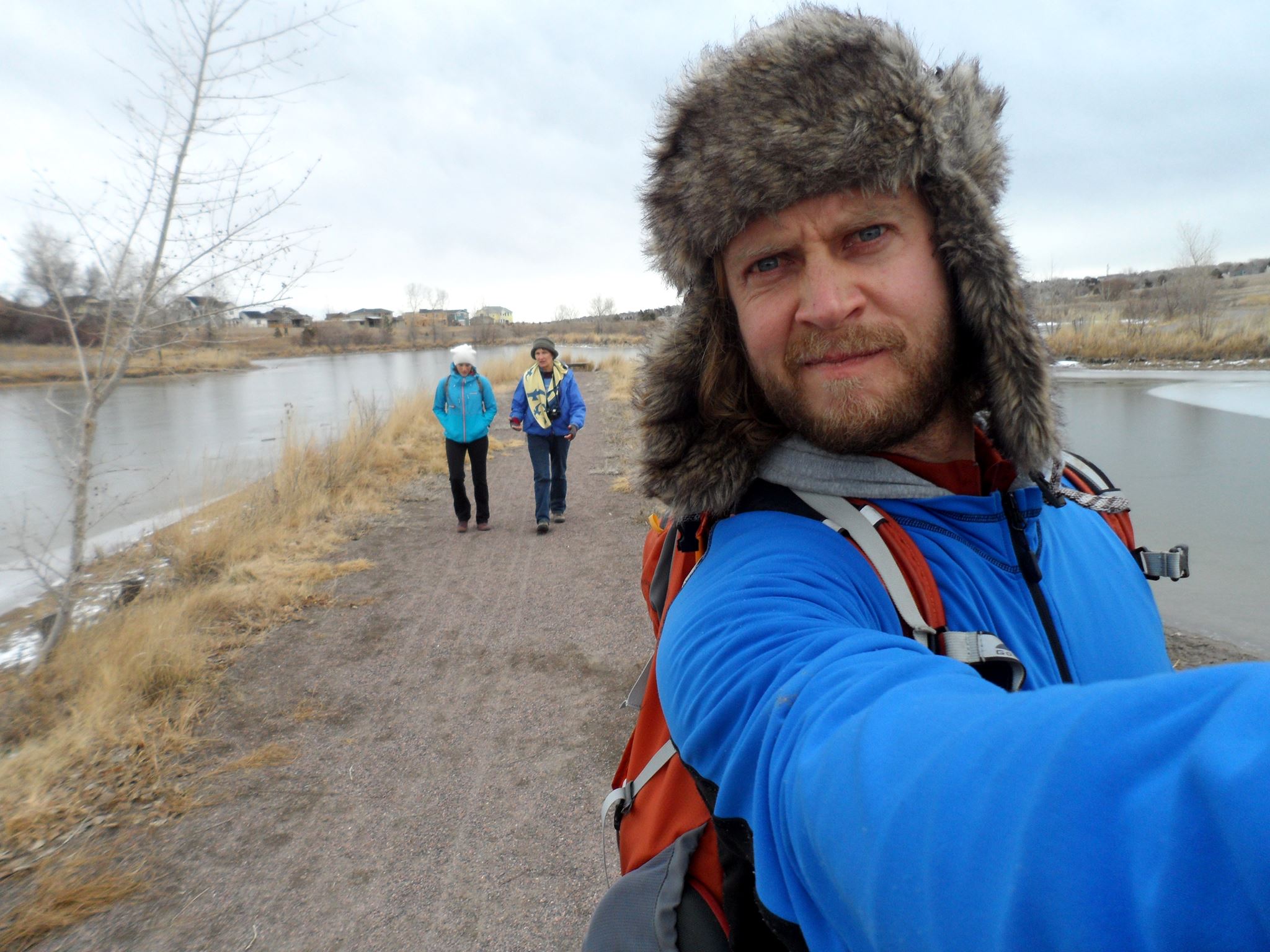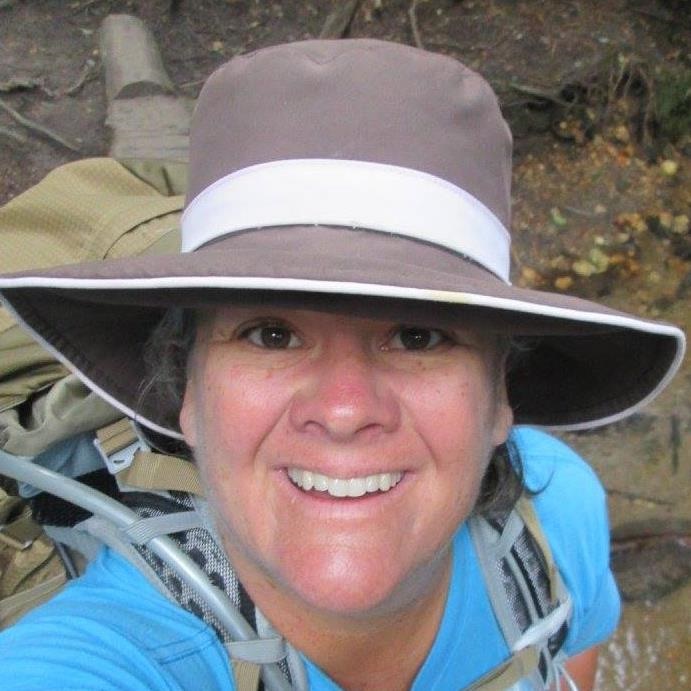Jonathon Stalls founded Walk2Connect shortly after completing an eight-and-a-half month, 3,030-mile walk across the United States in 2010. He was kind enough to share his walking philosophy and expertise with us on the GOCO blog. Read on for more about Walk2Connect, why walking is an integral part of life, and how Walk2Connect hopes to address barriers that keep us from getting outside.
Many of the barriers Jonathon discusses are what GOCO hopes to combat with its new Inspire Initiative, as well as the new Connect Initiative that will close trail gaps across the state. We’ll let Jonathon take it from here:

Where It All Began
After walking thousands of miles across the USA, Spain, and throughout Colorado’s Front Range, I became compelled to bring more and more people into the whole health benefits of walking together. With growing levels of depression, isolation, cultural division, and sedentary lifestyles we have a lot of work to do to re-prioritize and re-claim our most inherent form of transportation.
I started Walk2Connect to connect people to each other, to the places they live, and to themselves by moving the way we’re built to.
Why Walk When You Can Run?
Taking life at three miles per hour (or one to four mph depending on your speed preference or ability) grounds us to a pace that allows for unhurried and more present connection. It’s also our most basic form of transportation. Most of the world’s population moves this way. There’s so much work to be done to make today’s walking experience in the USA safer, more comfortable, and more enjoyable for all.
Walking gives us permission to live in the community and in the outdoors instead of what author Rebecca Solnit describes as, “in a series of interiors built up against it.” We aren’t inside temperature-controlled buildings, cars, or homes. We are in the brush of the wind, within reach of a tree or branch, in sight of people sharing the space, and more than anything we’re moving. Doing this in our communities and in the great outdoors is truly one of the best things we can do for others, for our neighborhoods, and for ourselves.
Overcoming Barriers
Places for cars have drastically replaced a culture of people-first community design. Missing or broken sidewalks, poorly designed intersections, and land use practices that associates practical destinations like grocery stores solely with automobile access is a start.
The larger issue, however, is a deeply missing toolkit or understanding for why we’re designed to walk. If we all better understood what we lose or miss out on when we choose to drive vs. walk, build places for cars vs. walkable communities, I don’t believe these barriers would be as prevalent. Unfortunately, those in our midst who have no choice but to walk are daily having to climb, dodge, and risk their lives in all weather conditions to get to the store, to their jobs, or to the bus stop. We have a lot of work to do.
Walking With Open Arms
While most of our community consists of an older adult demographic, we are working hard to create invitation and inclusion for a variety of ages, fitness levels, racial backgrounds, and interests. We empower our Walking Movement Leaders to create the types of walks that inspire and energize them.
We have a growing partnership community where we work with a host of organizations to develop walking programs moving with their goals and target populations. This has resulted in strongly diverse walking programs that invite exciting levels of walking activity and connection. We’ve worked with Denver Housing Authority; Colorado Prevention Center and their clinic partners in San Luis, City of Boulder and their GO Boulder transportation department, WalkDenver; Northeast Transportation Connections; WalkBlack, which focuses on interracial, intercultural, and interreligous walking experiences; and so many others.
Our typical Walk2Connect groups range from five to 25 people. They are all guided by our trained Walking Movement Leaders. The majority of our walks recur every week or month and have no cost. We call them Same Time Same Place and they are usually two to four miles in length (or about one to 1.5 hours at a conversational pace).

In Their Own Words
Chris Englert has been a Walking Movement Leader and Life@3MPH Member with Walk2Connect for a little over a year. She’s facilitated close to 100 walks in the Northeast Denver and Aurora areas and has developed her own walking culture through her @EatWalkLearn community.
Why did you decide to become a leader?
I really believe in the physical and mental happiness I feel after I walk. I want to share this with others. There's nothing more rewarding than sharing happiness with others.
What does that entail?
It's not only leading walks, but also helping people mentally get to the walks and believe that they can commit to a lifestyle of walking.
How has it been rewarding for you?
Not only has my daily walking upped, but I've made a ton of friends, discovered corners of Denver I'd never find otherwise, and accomplished more personal goals (such as hiking sections of the Appalachian Trail) that I never would have dreamed of attempting previously.
